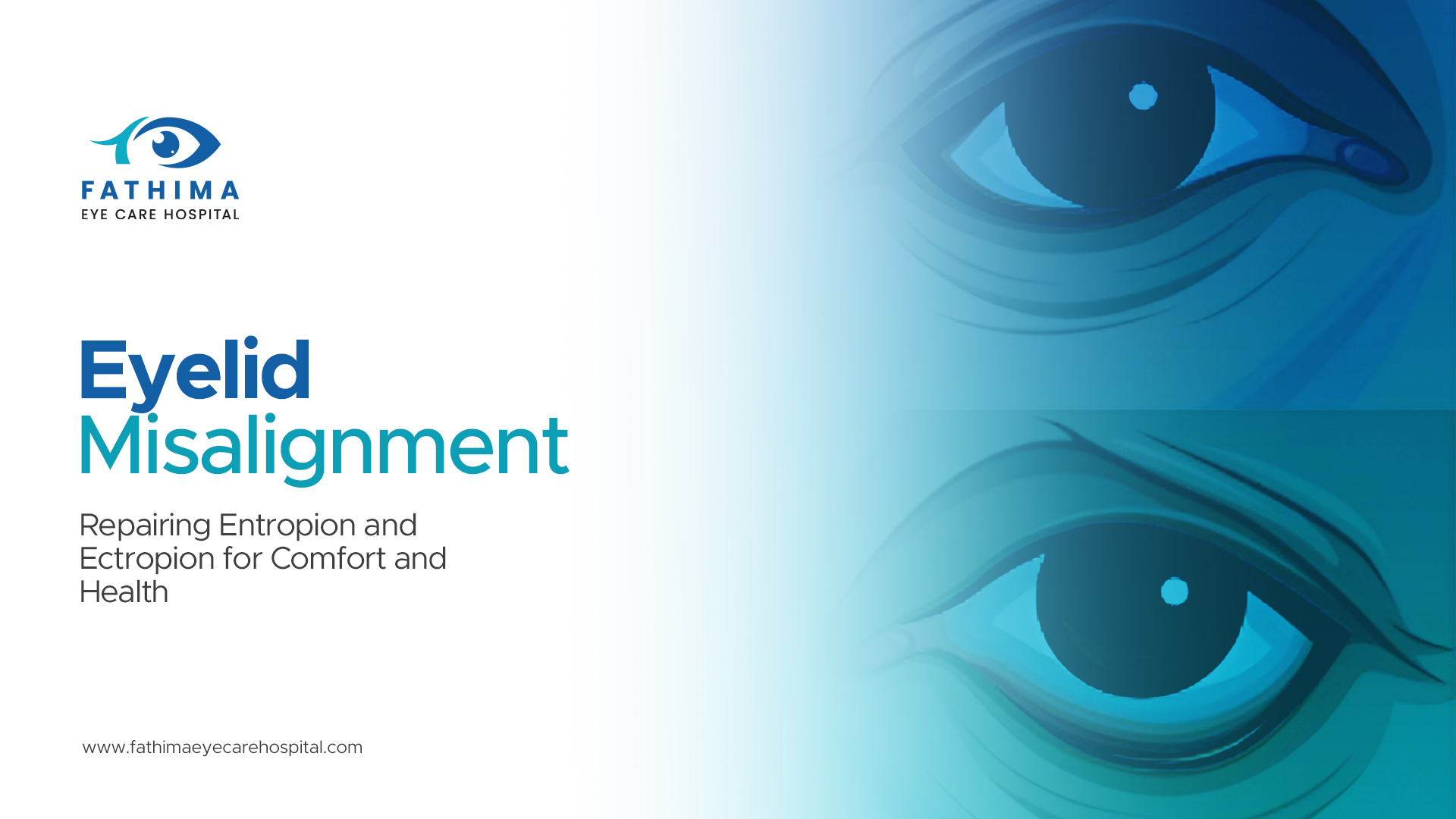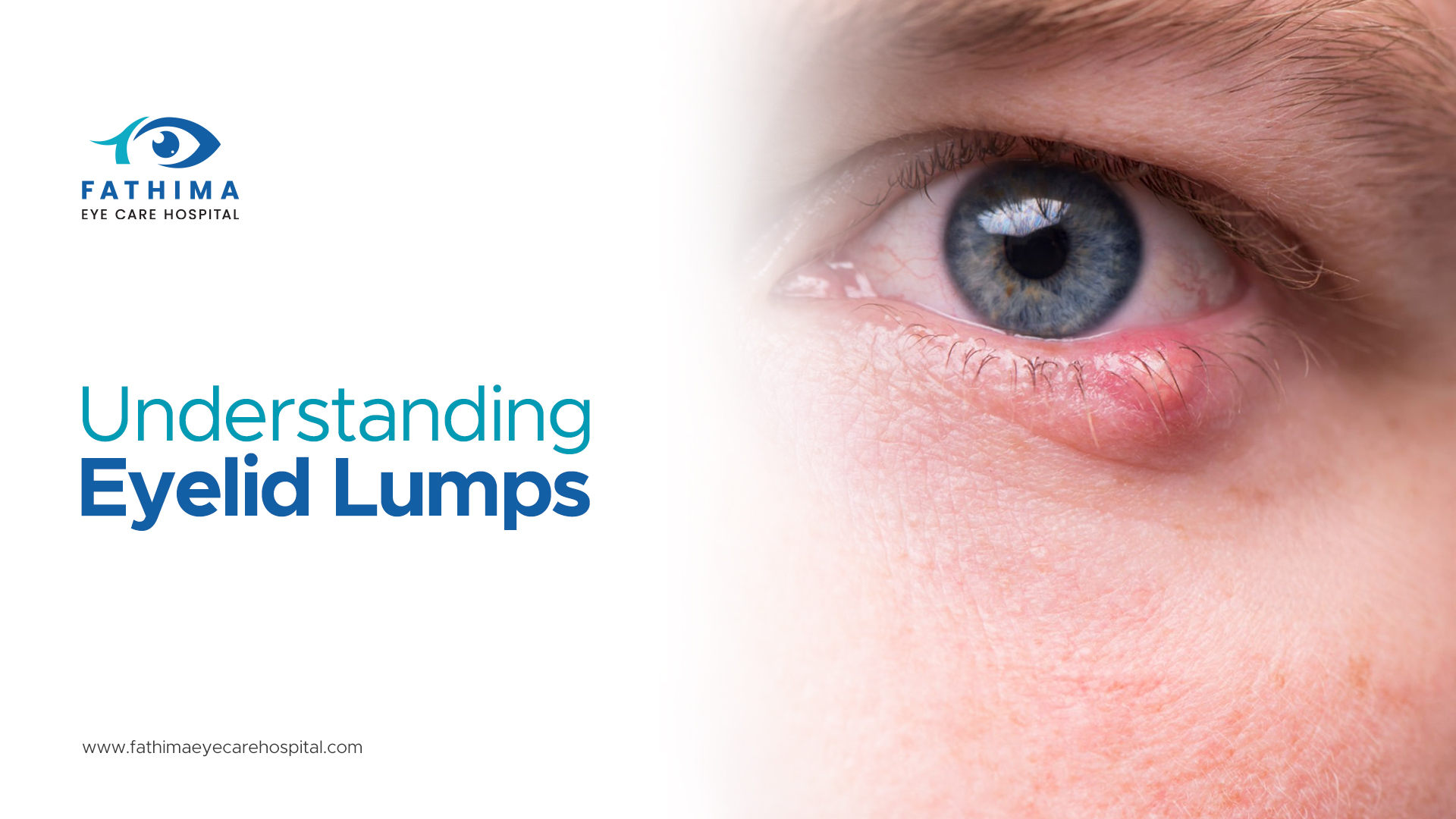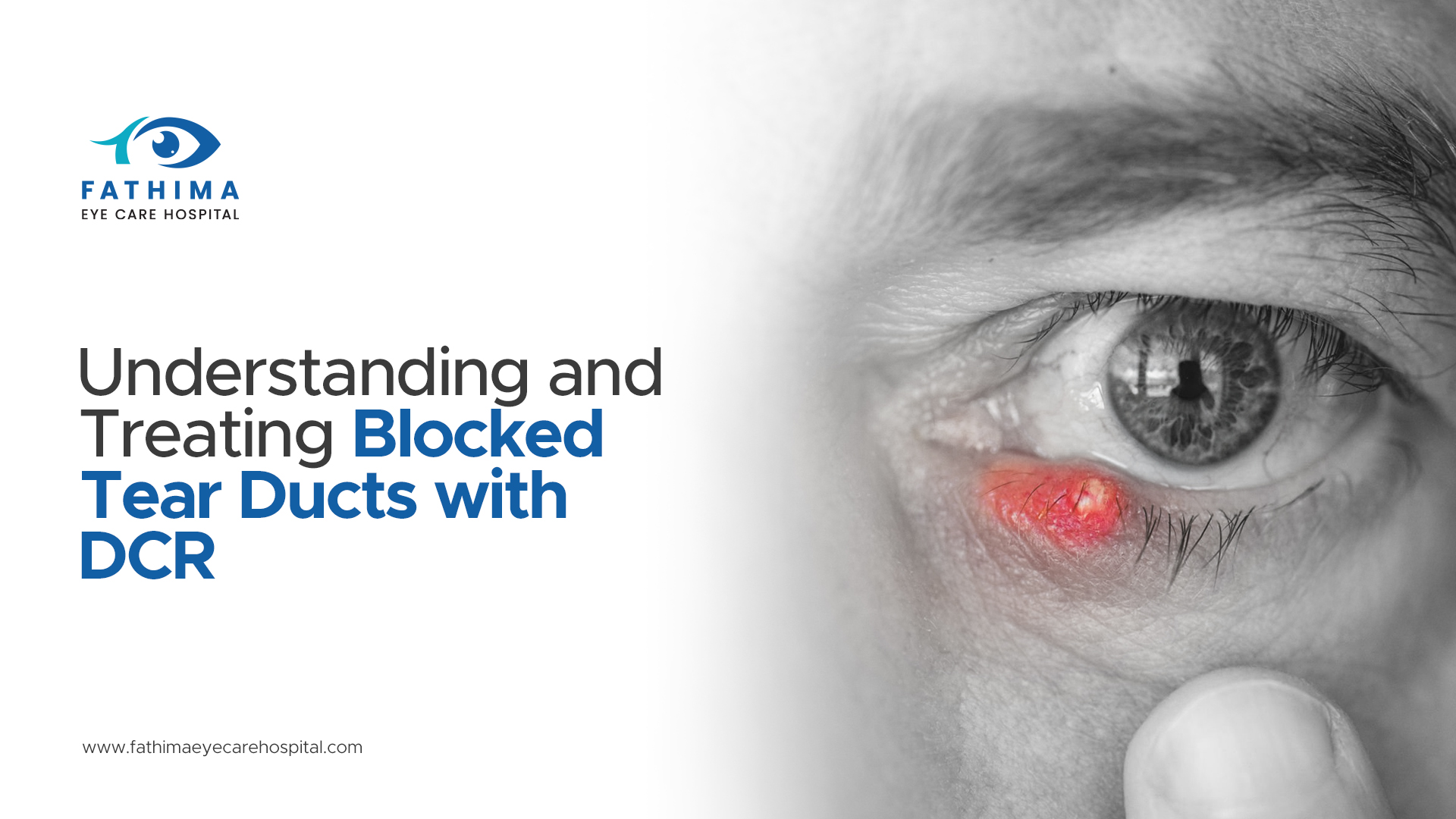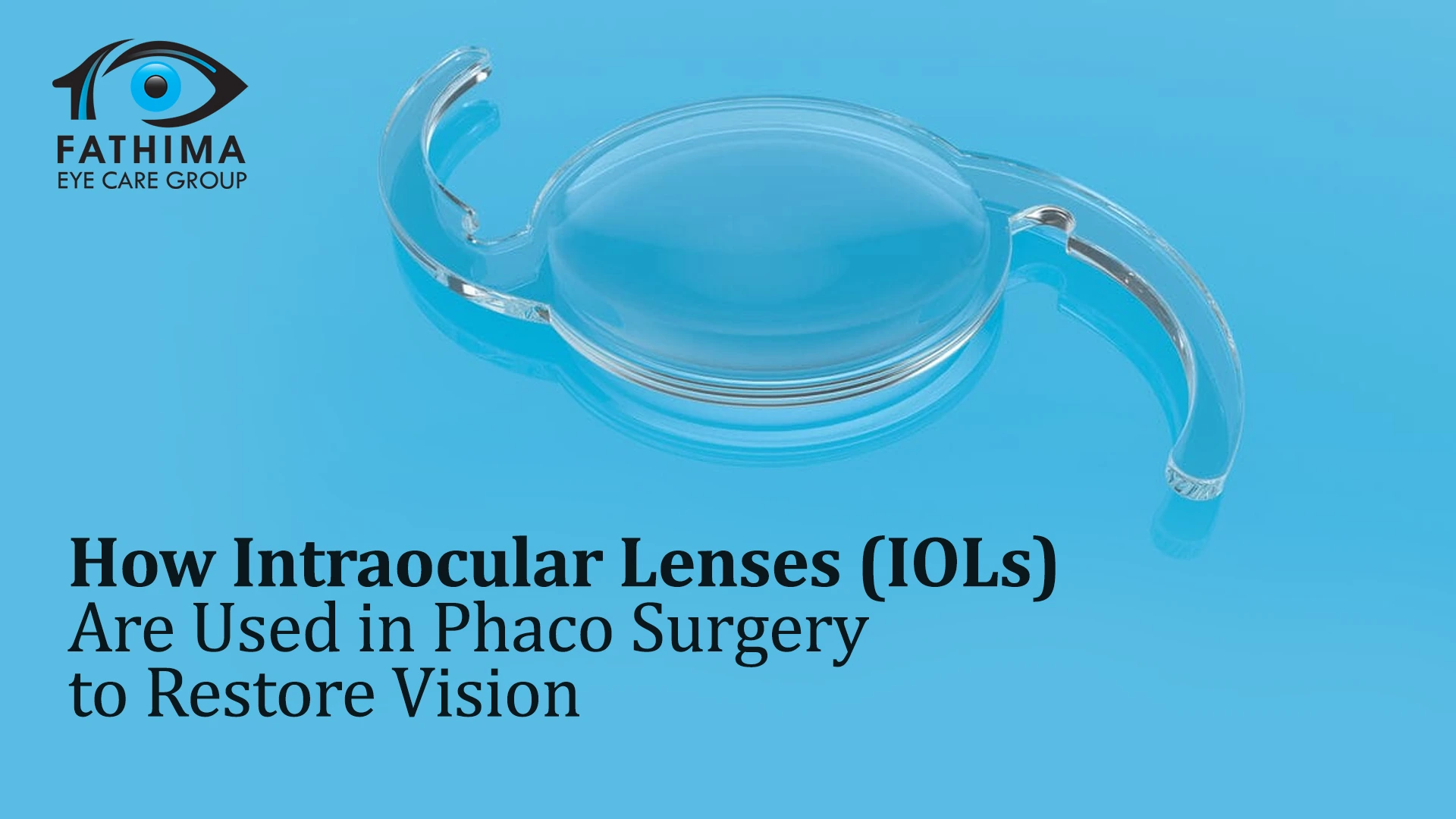

The power of vision is always the most precious among our senses, that allows us to perfectly perceive the enchanting beauty of this world for engaging in our daily tasks and to also connect with a better world. But there are many people in this world who are not really able to see and enjoy this beautiful world due to cataracts, that would cloud this ability, affecting the quality of life. There have been significant improvements in the field of ophthalmology that has resulted in those much improved surgery of Phacomulsification, popularly known as phaco surgery for cataract. This procedure has got a combination of Intraocular lenses or IOLs in revolutionizing the treatment of cataracts. Let us go ahead and explore how IOLs can be utilized in Phaco Surgery to ensure that vision is restored, by ensuring an enhanced hope and much clarity to a lot of patients.
Understanding the condition of Cataracts and their impact on Vision.
Cataracts are the result of cloudiness to the natural lens of eyes largely due to aging, injury or even some other factors. The result is impaired vision due to the scattering of light, which can lead to blurred or dimmed vision. It’s a condition that can’t be left untreated, as cataracts which are very common can result in permanent blindness or long term vision impairment.
Cataracts that stay as a prevalent condition among adults can also develop as a result of long-term diabetes or even a prolonged exposure to those ultra-violet lights. Chain or regular smoking habit, certain medications can all result in cataracts which can have the below symptoms.
- Blurred Vision
Increased sensitivity to glare - Difficulty in seeing at night
- Faded colours
- Need of frequent changes to eyeglasses
The most effective method in treating cataracts is to remove it surgically which would replace the cloudy natural lens with IOL’s. The procedure has become extremely popular and simple which is the most widely accepted method world-wide.
The Evolution of Cataract Surgery- That’s from ECCE to Phacomulsification
Before the age of Phacomulsification or the much popular Phaco Surgery, cataracts were removed with those extracapsular cataract extraction or ECCE’s. There was also an intracapsular cataract extraction or ICCE in place. These procedures used to have large incisions that demanded longer recovery times. The procedure of Phaco which came into the picture in late 1960’s quickly became the most advanced version of the surgery, which used minimally invasive and ultrasound techniques to effectively emulsify the cataracts into smaller pieces, which was then sucked out using a small incision.
What are Intraocular Lenses or IOL’s?
IOL’s are those artificial lenses that can be implanted into the eye through a very small incision to replace the clouded natural lens. Made out of silicone or acrylic materials, IOLs would replace old natural lenses that are designed to last a lifetime without any sort of adverse reactions.
IOL’s are designed to mimic all the functions that are properties of natural lenses, that would be customised by ophthalmic specialists to match the visual needs of patients, that would include their lifestyle.
Types of IOL’s, Can we list them?
The choice of selecting the right IOL is totally a decision that lies as per the ophthalmologist’s decision that is best suited for the patient. Some types of IOL’s include
Monofocal IOLs
Monofocal lenses are the most common among IOL’s that would give a clear vision at a single focus, mainly used for distance vision. Most patients would typically need a glass to read along with these IOL’s for their daily tasks or needs.
Multifocal IOLs
These lenses will have multi focal points that would allow patients to see clearly in various distances. The multifocal IOLs would be used to reduce dependence on glasses in both near and far vision.
Toric IOLs
These lenses are specifically used for patients who have the condition of astigmatism. They can correct those refractive errors that would result in irregularly shaped cornea to provide a sharp vision without much need of additional correction.
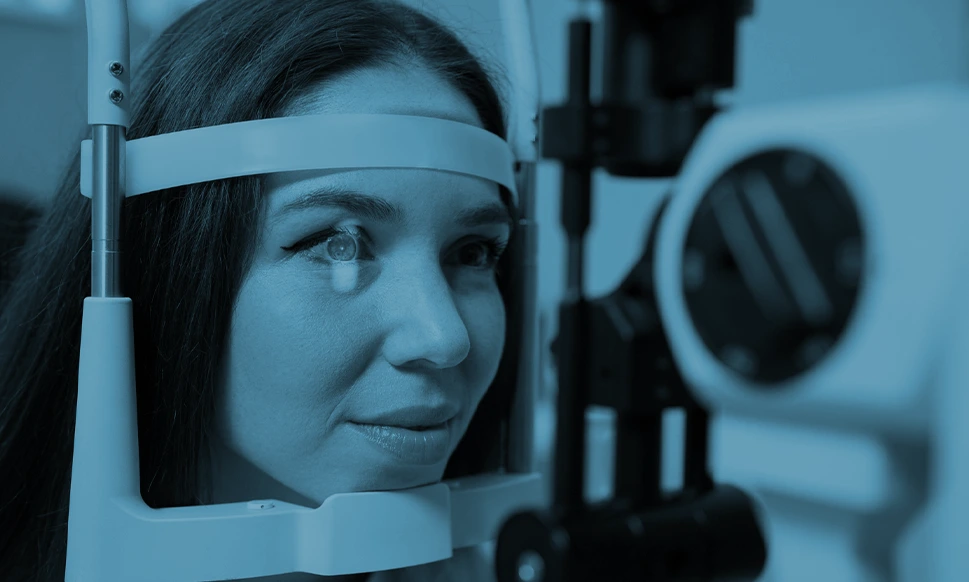
Also read : Phaco Surgery for Cataract: Everything You Would Need to Know
Extended Depth of Focus- EDOF IOLs
EDOF lenses can provide an extended range of vision that can greatly improve the intermediate and distance vision that can effectively minimise various visual disturbances such as halos or glares.
Accommodative IOLs
These lenses can easily mimic that natural focusing ability of the eyes like the changing of lens position within the eyes to effectively accommodate various visual differences which are totally dependent on patients.
How can IOLs be used in PHACO Surgery to restore vision
There is a beautiful sync between phacomulsification and IOL implantation which is indeed a seamless process that would be aimed in restoring vision in the most effective way. There is a step by step procedure that can be followed for the use of IOLs that can be used in the Phaco surgery to restore vision.
Step #1 Preoperative Assessment
Before the surgical procedure is attempted, a detailed examination is initiated to determine the most suitable IOL. This includes the measurements of eye’s curvature and also the size with an overall health that would determine the selection of the lens power and its design.
Step#2 Phacomulsification Procedure
Anesthesia : There is a local anesthesia which is applied to numb the eye to ensure a pain free procedure.
Incision: A tiny incision of just 2mm to 3mm is made in the cornea.
Capsulorhexis : The surgeon creates an opening which is circular in the lens capsule to access the cataract.
Emulsification: An ultrasound energy is widely used to break up the cataract into tiny fragments, which will then be sucked out.
Step#3 IOL implementation
Once the cataract has been removed, the IOL is selected and then inserted into the eye through a tiny incision. These IOLs can be foldable which can be then unfolded inside the eye. IOL gets into a self position within the lens capsule to ensure stability with an optimal focusing.
Step # 4 Recovery & Post operative Care
The incision that is done can typically heal without any stitches and the patients will have to use eye drops to reduce the risk of any infection or inflammation. There will be a restored vision within some days , with an assurance of recovery within some weeks. One can go for regular follow ups to ensure proper healing to ensure the most optimal outcomes.
Various advantages Of IOLs in Phaco Surgery
The widespread use of IOLs in PHACO surgery can provide an array of benefits, that would include;
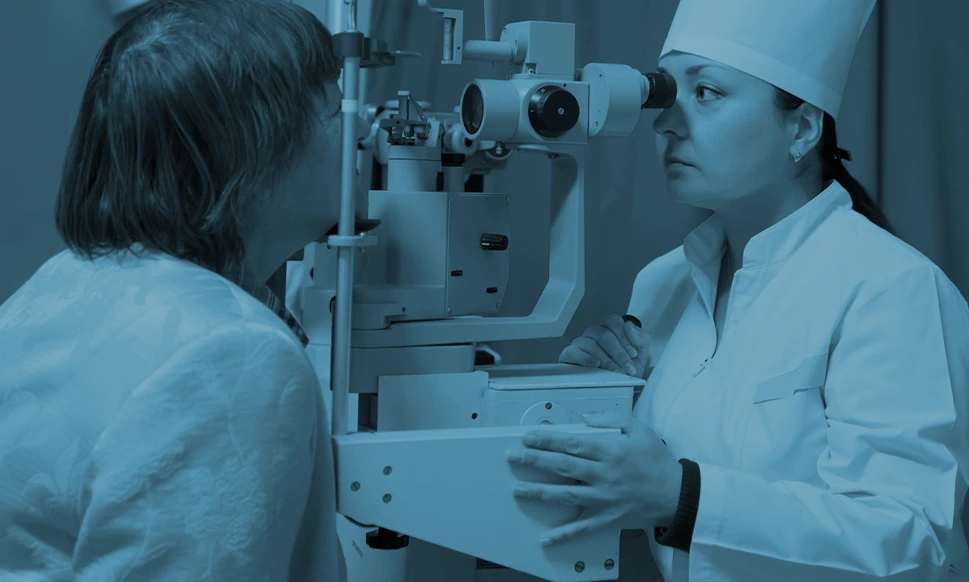
Restored Vision : IOLs can easily replace the natural lens that efficiently provides a clear and focused vision.
Customizable Options : Various types of IOLs can cater to various individual needs that include astigmatism correction that can reduce the dependence on glasses.
Minimally Invasive : The incision is that small that is folded where the IOLs can ensure the most smooth and enhanced recovery.
Durability : These IOL’s can last with a lifetime durability that would offer the most ideal solution for cataracts.
Challenges & Considerations
In most of the cases a phaco surgery with a smart insertion of an IOL lens can be extremely successful, whereas there can be certain challenges or even considerations that can be taken care of.
Cost : In the case of advanced IOL’s, which includes multifocal or toric lenses that are much more expensive to cover for even your insurance policy.
Visual Adjustments: In rare cases, certain patients would also experience glares or halos with some difficulty in easily adapting to their new vision.
Surgical Risks: Though the chances are extremely rare, there are various complications such as infection, inflammation or even in worst cases there can be retinal detachment.
The Future of IOLs and Cataract Surgery
The ongoing research and advancements in technology would always continue to enhance the effectiveness of IOL’s and some innovations would include,
Smart IOLs: The introduction of IOL lenses that can effectively focus in a dynamic manner to effectively mimic the natural lens to work more closely.
Improved Materials: There are some biocompatible materials which can effectively reduce those complications that can improve further optical clarity.
Customised Solutions: There has been some advances in the area of diagnostics that would allow for some personalised IOL designs, that would be tailored to those unique needs of patients with reference to their eye’s anatomy and needs.
Lets wrap up with an affirmation about Cataract as a no longer life-altering condition. The rise of phaco surgery with IOL lenses has given a lot of people within sight that can make them return to their daily activities with confidence. If you are looking for such an improved approach in clearing your cataracts, do get in touch with Fathima Eye Hospital and we can ensure a restored vision to your life.




